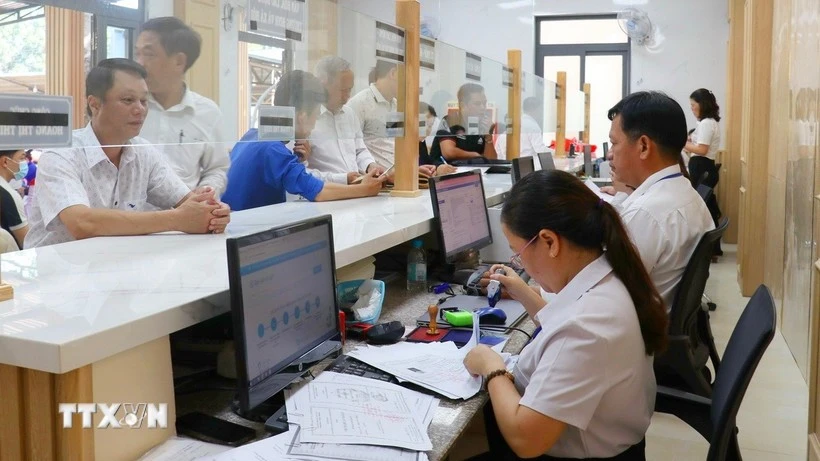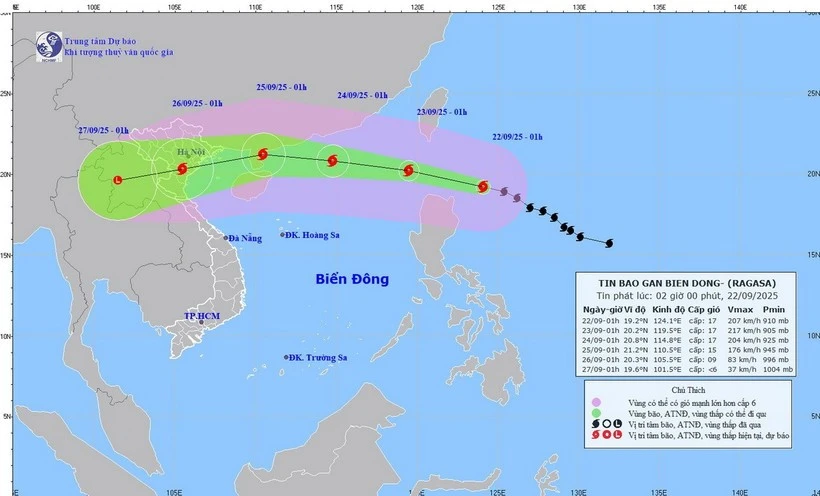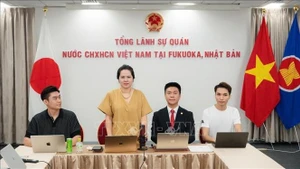The responsibility and welcoming attitude of officials have been recognised and highly appreciated by the public, contributing to the fulfilment of political tasks.
Promoting collective and individual responsibility
Hai Phong City has a relatively strong contingent of grassroots officials, with a comparatively young average age and most holding university degrees. With this solid foundation, the grassroots contingent has quickly grasped and effectively operated the new organisational model, most notably in the rollout of the two-tier local government system.
According to Nguyen Hong Vinh, Deputy Head of the Organisation Commission of the Hai Phong Party Committee, given the importance of building a two-tier local government, from the very outset the Standing Board of the Hai Phong Party Committee assigned its members to be responsible for specific localities and sectors to promptly address difficulties and obstacles.
In July 2025, the municipal People’s Committee organised professional training courses tailored to different specialisms for more than 5,000 officials and civil servants across the city to support the operation of the two-tier local government apparatus. In early August 2025, the Committee continued with plans for rotation, transfer and secondment of officials, civil servants and public employees to strengthen human resources at commune level.
The Organisation Commission of the Party Committee also coordinated with To Hieu Political School to conduct training for secretaries, deputy secretaries, chairpersons of people’s councils and chairpersons of people’s committees of communes, wards and special zones on the operational mechanisms of the two-tier local government system. Four additional training courses were organised on the use of specialised Party organisation software for 118 Party committees under the municipal Party Committee.
Under the leadership of the Party Committee and the municipal People’s Committee, grassroots Party committees and administrations have demonstrated greater initiative and flexibility in arranging personnel to ensure operations, with particular emphasis on serving the people.
After more than two months in operation, the Standing Board of the Party Committee assessed that Hai Phong’s two-tier government apparatus was functioning well and broadly meeting requirements. These positive results underline that, beyond the quality of personnel, the strong sense of responsibility of Party committees and administrations at all levels, together with the dedication of each cadre and Party member, has enabled Hai Phong to quickly establish a smoothly operating two-tier local government model that has already achieved significant outcomes.
Improving mechanisms and enhancing cadre quality
Despite its favourable conditions, Hai Phong has faced challenges in staffing due to the implementation of the new government model during the administrative boundary merger.
Dang Xuan Thuong, Secretary of the Gia Loc Commune Party Committee, shared that while facilities basically met requirements, the rapid increase in workload, including many new tasks, had led some officials to resign due to the pressure.
Difficulties in personnel work are not unique to Hai Phong but are common in most localities, especially in mountainous and remote areas. For instance, in many communes and wards of Cao Bang Province, one official has to concurrently handle three to six responsibilities, while some remain unfamiliar with computers and online working environments.
The transfer of functions from district to commune level has forced many officials and civil servants to travel 20–40 km daily. At the same time, a shortage of specialised staff in fields such as land management, environment, health and education remains widespread in communes and wards.
Recently, Conclusion No. 186-KL/TW dated 29 August 2025 of the Politburo and Secretariat on the performance of the political system and two-tier local government apparatus, together with Resolution No. 268/NQ-CP issued by the Government on 31 August 2025, acknowledged the persistent difficulties in streamlining organisational structures and personnel after the merger.
At grassroots level, human resources are currently both excessive and insufficient, with limitations in both professional expertise and digital skills. Accordingly, the Central Government has directed local Party committees and relevant agencies to urgently and comprehensively implement measures to improve and enhance the quality of grassroots cadres.
In line with the Central Government’s conclusion and the Government’s resolution, the Ministry of Home Affairs has issued guidance to resolve personnel difficulties. In the short term, localities are to proactively redeploy civil servants between communes and wards to fill vacancies. They may also sign labour contracts with qualified specialists to meet immediate requirements, and organise recruitment examinations, selection processes or acceptance of civil servants within the unused staffing quota allocated by competent authorities. In addition, the Ministry of Home Affairs has defined 36 job positions at commune level with specific tasks and competency frameworks to serve as a basis for more effective use and assignment of personnel.
Several localities, including Lao Cai, Nghe An and Khanh Hoa, have already deployed measures to reinforce and second young, capable provincial-level officials, civil servants and public employees to work at communes and wards. Training and professional development efforts have also been stepped up.
Alongside these solutions, many grassroots Party committees believe it remains necessary to allocate financial resources from the state budget to support investment in infrastructure for newly established communes, wards and special zones, especially in disadvantaged areas. They also call for the development of appropriate incentive policies for officials and civil servants based on their positions and responsibilities, so as to maximise their working spirit and contributions.

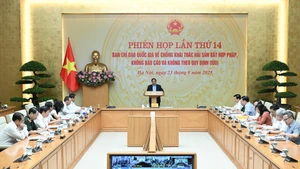
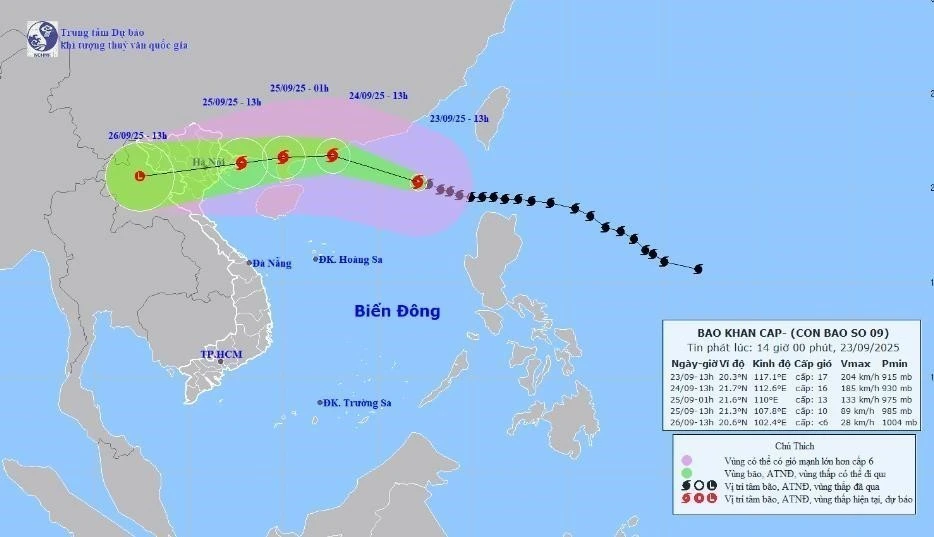

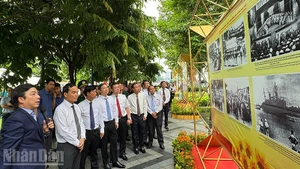
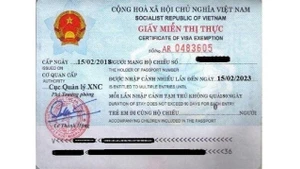
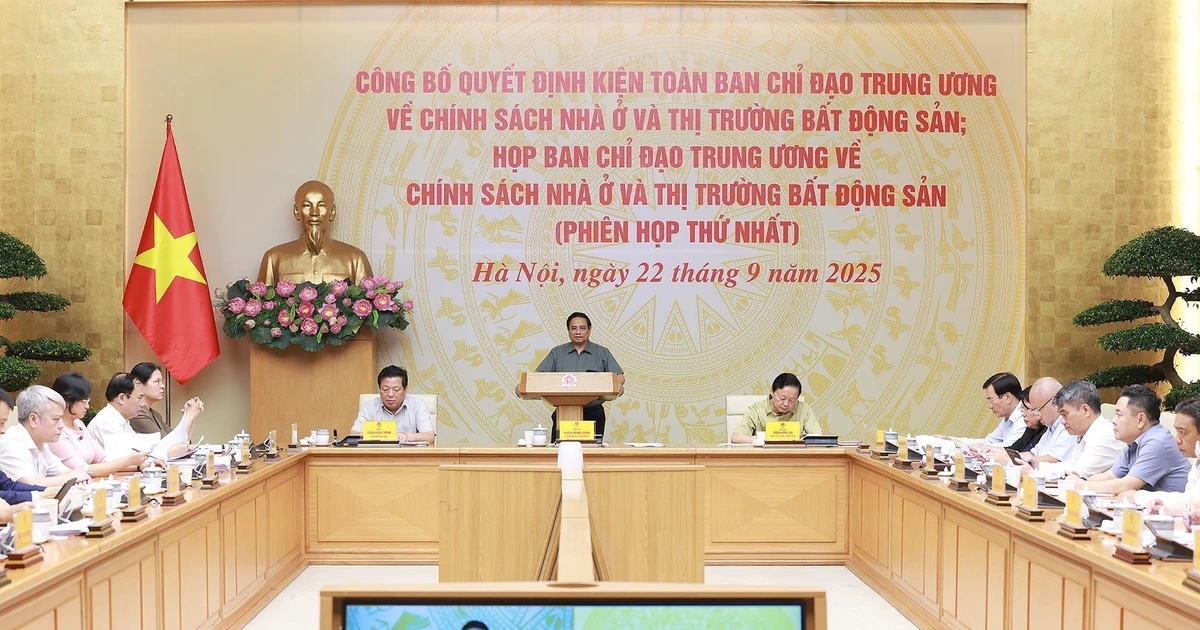

![[Infographic] United Nations: 80 Years of Promoting Peace, Development and Global Cooperation](https://en-cdn.nhandan.vn/images/482b130c05ac864ba077f091edeb8ddd2b541b9355d25d21f69c28775ce7ee044b2bfa0e76375941a6a2c70e76ef5a1ff76fd51e378c6e4506a6c058a06b59ed/inf-1-7423.png.webp)


